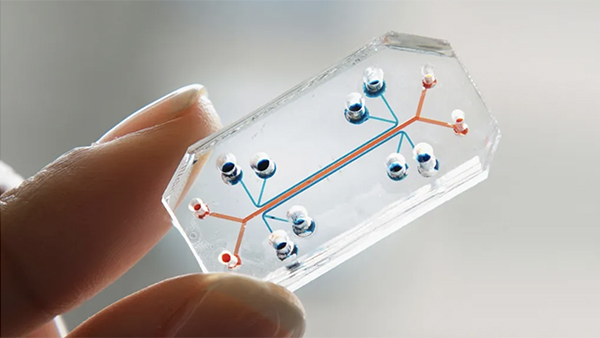Animal Free Research
Animal Free Research in the 21st Century

Animal free research and testing does not mean putting human patients at risk. It also does not mean halting medical progress. Instead, replacing animals used in testing will improve the quality as well as the humanity of our science.
Not only are non-animal methods often cheaper, faster and more accurate than the animal tests they replace, but EU laws on animal experiments prohibit countries from authorising an animal test if the same result can be obtained using a recognised non-animal approach.
Thankfully, the development of non-animal methods is growing, and fast. Due to innovations in science, animal tests are being replaced in areas such as toxicity testing, neuroscience and drug development. But much more needs to be done.
Types of animal free research include:
Cell cultures
In vitro human cell specimens are grown within a laboratory setting in specially prepared nutrient cultures. Human cells can be derived from many sources including tissue donated by patients, lab-cultured tissue, or stem cells. Scientists can now create three-dimensional ‘mini-organs’ known as organoids which can provide a more realistic way to test new therapies. Mini devices known as organ-on-a-chip can now mimic whole organs. These can be used instead of animals to study biological and disease processes, as well as drug metabolism.
Cell cultures have been central to key developments in areas such as cancers, sepsis, kidney disease and AIDS, and are routinely used in chemical safety testing, vaccine production and drug development.
Human tissues
Both healthy and diseased tissues donated from human volunteers can provide a more relevant way of studying human biology and disease than animal testing.
Human tissue can be donated from surgery (e.g. biopsies, cosmetic surgery and transplants). For example, skin and eye models made from reconstituted human skin and other tissues have been developed and are used to replace the cruel rabbit irritation tests.
Human tissue can also be used after a person has died (e.g. post-mortems). Post-mortem brain tissue has provided important leads to understanding brain regeneration and the effects of Multiple Sclerosis and Parkinson’s disease.
Computer models
In silico methods use computers, mathematical models and simulations to predict human responses to a compound, or to model the progression of disease and treatments within the human population. Computer models of the heart, lungs, kidneys, skin, digestive and musculoskeletal systems already exist. They can be used to conduct virtual experiments based on existing information and mathematical data.
Volunteer studies
Modern noninvasive imaging devices such as CAT, MRI, PET and SPECT scans have revolutionized clinical investigation. These devices permit the ongoing evaluation of human disease in living human patients and can help researchers understand the causes by comparing with healthy volunteers.
An innovative technique called micro-dosing can be used in volunteers, for example, where people are given very small amounts of a chemical to find out how it is metabolised prior to large-scale human trials or to study skin sensitivity.
Source: Frame.org.uk & Crueltyfreeinternational.org

